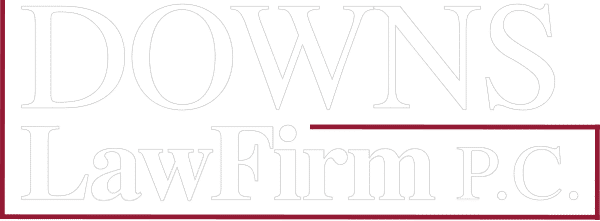There are many pros and cons to naming a trust, rather than an individual as a beneficiary of the IRA. However, there are many complex rules. You need to get it right, because this may be your biggest asset.
Investment News’ recent article on this subject asks “Should you name a trust as an IRA beneficiary?” The article explains that individual retirement account assets can’t be put into trusts directly during a person’s lifetime, without destroying the IRA’s tax shelter. Therefore, a trust may only be named as the beneficiary of the IRA. The trust would inherit the IRA upon the owner’s death, and beneficiaries of that trust would have access to the funds.
Asset protection is the main rationale for making this move because trusts shield IRA assets from lawsuits, business failures, divorce, and creditors. For younger beneficiaries, you may want to control distributions until the person has the wisdom to see the benefits of stretching out withdrawals. Taxpayers enjoy state and federal protections for IRA assets during their lifetime. However, heirs who inherit an IRA directly—not through a trust—don’t receive those protections, unless provided by state law. Trusts also allow for some control over the assets. The terms of a trust can stipulate the way in which distributions are made if an heir is a minor, disabled, financially unreliable, incapacitated or vulnerable. See. What is Probate and Should you Avoid it? Part V
Naming a trust as an IRA or Thrift Savings Plan beneficiary may not be practical for people who plan to bequeath their IRA to a spouse, rather than their children, grandchildren or others. Spouses are allowed to roll over the decedent’s IRA assets into their own IRA tax-free. It is also particularly challenging for Special Needs Trusts and if some but not all assets are eventually going to charity.
There are many technical rules to follow, such as that the IRA beneficiary form must indicate before a person’s death, that the trust is the primary beneficiary. After death, the IRA must be retitled as an inherited IRA. Required minimum distributions (RMDs) would still also be required for the IRA. This is an area where using the right type of trust is important. A “see-through” or “look-through” trust may be the best bet.
Structuring a trust this way maintains the IRA’s preferential tax treatment. That allows a trust beneficiary to spread the RMDs over a long period based on his life expectancy. This is called a “stretch IRA.” The RMD amount would be based on the oldest beneficiary of the trust. However, beneficiaries with separate trust shares would have different RMDs.
In addition, the trust’s language must also state that distributions from the IRA can only go to “designated beneficiaries,” not to pay expenses. The risk of not creating the trust as a see-through or including this language is that the IRA assets are distributed and the resulting tax paid within a much shorter time frame—potentially five years.
Trusts may also be set up as “conduit” or “discretionary” trusts. With a conduit trust, the annual RMDs pass through the trust to beneficiaries, who pay tax at their individual rates. Discretionary trusts don’t distribute the RMDs out of the trust and pay tax at the more punitive trust tax rates. However, they keep the most post-death control over assets.
Talk to an experienced estate planning attorney about these trusts and how they can work with your IRA.
Reference: Investment News (February 22, 2019) “Should you name a trust as an IRA beneficiary?”

